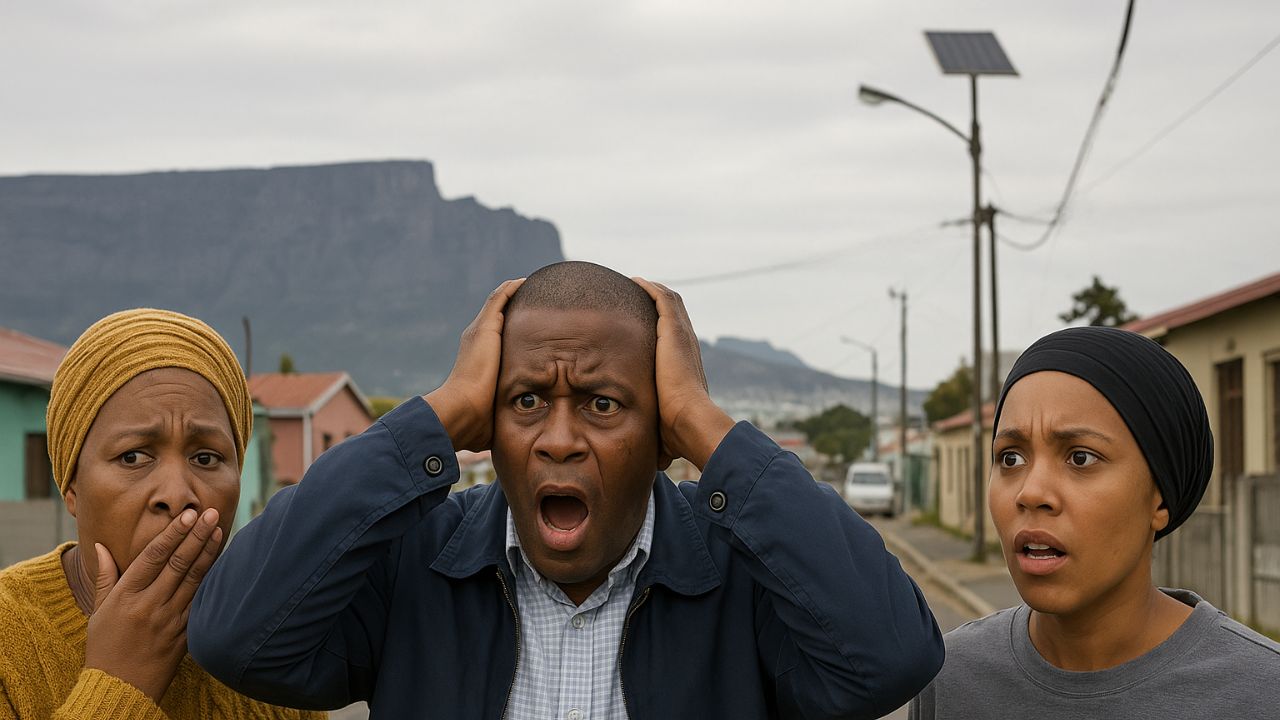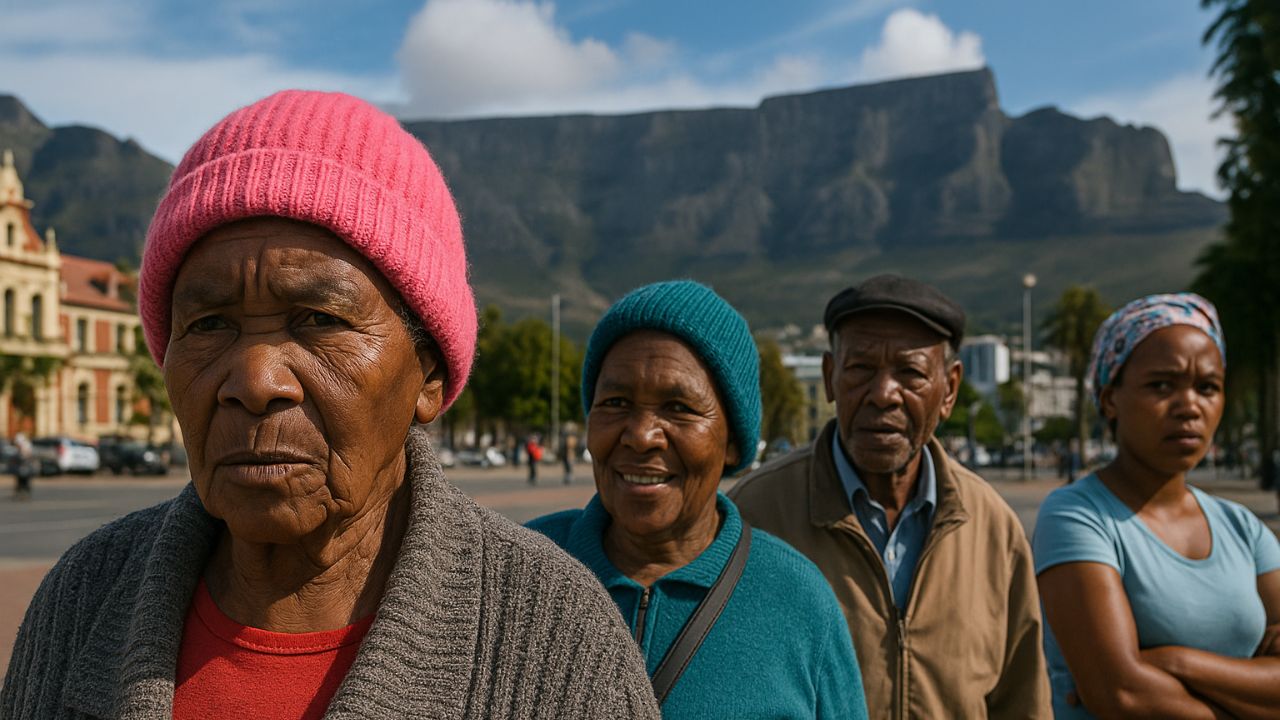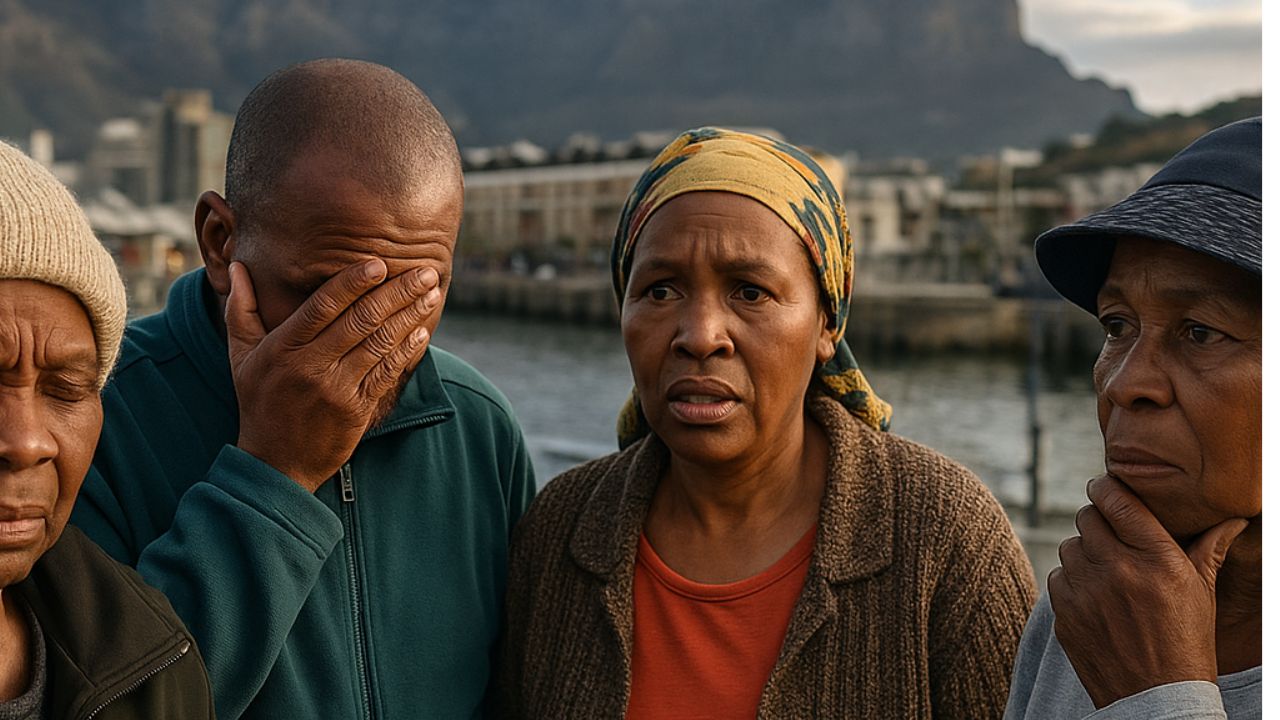
South Africans have been left reeling as strict new electricity rules officially come into effect from October 2025, fundamentally changing how households and businesses consume power. Announced by the National Energy Regulator of South Africa (NERSA), the new regulations aim to curb energy wastage, ease pressure on the aging power grid, and tackle persistent load shedding. Citizens across the country have expressed frustration and confusion over the rapid implementation of usage caps, stricter time-of-use tariffs, and mandatory energy-efficient appliances in urban and semi-urban homes. Many believe the measures were rushed without sufficient public consultation or support structures. Under the new rules, exceeding designated electricity consumption thresholds during peak hours could result in hefty penalties or disconnection. Businesses are especially worried about the financial implications, while ordinary residents are concerned about the fairness of the rule enforcement and the readiness of infrastructure to support such change. The month of October 2025 marks a turning point in the country’s energy governance, but the road ahead may be rocky unless more clarity and support are provided.
NERSA’s October 2025 Rollout Sparks National Debate
NERSA’s decision to implement strict electricity regulations starting in October 2025 has sparked intense debate across South Africa. The core policy revolves around reducing national energy consumption by enforcing time-sensitive tariffs, limiting peak-hour usage, and encouraging compliance through both incentives and punishments. One key regulation requires residential users to reduce usage by 15% compared to the average from the past year. In addition, smart meters will now send real-time data to NERSA and local municipalities, allowing for immediate billing adjustments or warnings. While officials claim this is essential for managing national grid demand and avoiding Stage 6 load shedding, many households—especially in townships and rural zones—are not equipped to monitor or manage their usage efficiently. As a result, civil society groups have demanded a grace period and subsidies to help low-income families adapt. With confusion still widespread, and energy experts divided over its effectiveness, this nationwide rollout is proving to be one of the most disruptive reforms in recent memory.
Impact on Households: Usage Caps, Penalties, and Smart Meters
The most significant impact of the October 2025 electricity regulations will be felt at the household level. Under the new guidelines, every home is now assigned a monthly electricity quota based on historical consumption patterns. Exceeding this limit—especially during 5 PM to 9 PM peak hours—could result in rolling surcharges or even temporary disconnection, depending on the severity of the breach. Residents are also required to shift toward energy-efficient lighting, appliances, and water-heating systems to stay within their quota. To enforce this, Eskom and local municipalities have begun rapidly installing smart meters that send real-time usage data to centralized systems. While this technology can help reduce overall consumption, it’s also caused panic among older citizens unfamiliar with digital monitoring tools. Moreover, residents who live in multi-family homes or shared rental units face uncertainty about how their consumption will be tracked and penalized. The government has promised education campaigns, but implementation has outpaced public understanding.
Small Businesses Fear Operational Losses Under New Tariffs
South Africa’s small and medium-sized enterprises (SMEs) are among the hardest hit by these new electricity rules. From bakeries and laundromats to tech startups and retail outlets, many rely heavily on consistent power usage during peak hours—when electricity is now significantly more expensive under the time-of-use tariff model. Business owners have raised concerns about how they’ll meet operational demands without passing on increased costs to customers. For instance, a restaurant running electric ovens during dinner service might face monthly energy bills 40% higher than before. Some are considering reducing hours or investing in backup generators, which comes with its own costs and environmental consequences. Industry leaders have urged the Department of Energy to provide temporary relief or rebates for small businesses, arguing that abrupt changes could lead to job losses and business closures. Unless these issues are addressed quickly, the reform meant to stabilize energy supply could end up destabilizing South Africa’s fragile SME economy.
Public Backlash Grows: Civil Protests and Online Campaigns
As the new electricity rules begin to affect daily life, a growing number of South Africans are pushing back through protests, social media campaigns, and legal appeals. Activist groups have called the rollout “elitist,” arguing it disproportionately impacts low-income households who lack access to efficient appliances or alternative energy sources. Protests have already broken out in parts of Gauteng and KwaZulu-Natal, where community leaders are demanding the suspension of penalties and the provision of subsidized equipment. Online, hashtags like #PowerJustice and #NERSAFail are trending, amplifying calls for transparency and fairness. Legal experts also warn that some of the penalties may violate consumer rights, especially in cases where usage estimates are used instead of verified meter readings. The public outcry shows no signs of slowing down, especially as electricity bills begin to arrive reflecting the new charges. Without urgent government response and community outreach, this well-intentioned reform could fuel greater public discontent and inequality.






